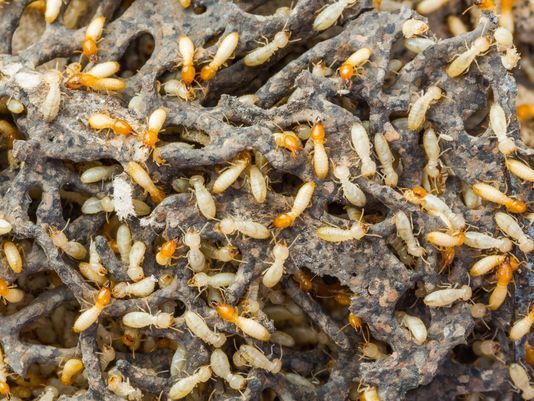Modern termite control efforts aim to prevent infestations as opposed to only treating existing infestations. The most popular termite prevention methods used today include termiticide barriers around homes, physical barriers barriers around homes, structural wood treatments and regular termite inspections. In Massachusetts, the eastern subterranean termite is the only termite species that poses a threat to urban and residential structures, and termite barriers have proven effective at keeping these pests from invading properties. Of course, many homes in Massachusetts are not protected by a termite barrier, and the state contains an abundance of older homes that were built before construction practices changed to make homes less vulnerable to termite infestations. Also, the eastern subterranean termite is the most destructive termite species in the US, so it is not uncommon for homes in the state to sustain subterranean termite damage. In cases where structural wood replacement becomes necessary as a result of termite damage, it is important that homeowners choose the right type of replacement lumber.
Douglas-fir, hemlock and spruce have long been the most popular types of home construction lumber. Unfortunately, Douglas-fir is only moderately resistant to termites, while spruce and hemlock are not termite resistant at all. This is why it is important to purchase lumber that has been treated to resist termite attacks. There are many ways in which lumber can be treated to resist termite attacks, but research shows that pressure treatments ward off termites most effectively and for the longest period of time. The most common chemicals used for pressure treatments include chromated copper arsenate (CCA), ammoniacal copper zinc arsenate (ACZA), and disodium octaborate tetrahydrate (DOT), and borate-treated lumber is gaining popularity. These chemicals can also be applied topically to structural wood, but pressure treatments are more effective at resisting termite attacks than topical treatments. This is because pressure treatments see these chemicals penetrate more deeply into wood. For example, pressure treatments see chemicals penetrate as deeply as ¼ or ½ of an inch below the lumber’s surface, while brushing or spraying chemicals onto lumber may not see any penetration at all, and will wear off far more rapidly. Topical treatments may see some penetration in porous types of lumber, such as yellow pine, but porous lumber usually becomes completely saturated during the pressurization process. It is also important to use “exterior grade” pressure treated lumber when replacing structural wood that will be exposed to weather conditions.
Have you ever needed to replace termite damaged wood in your home?
What Every Homeowner Needs To Know Before Replacing Termite Damaged Structural Lumber Within A Home

